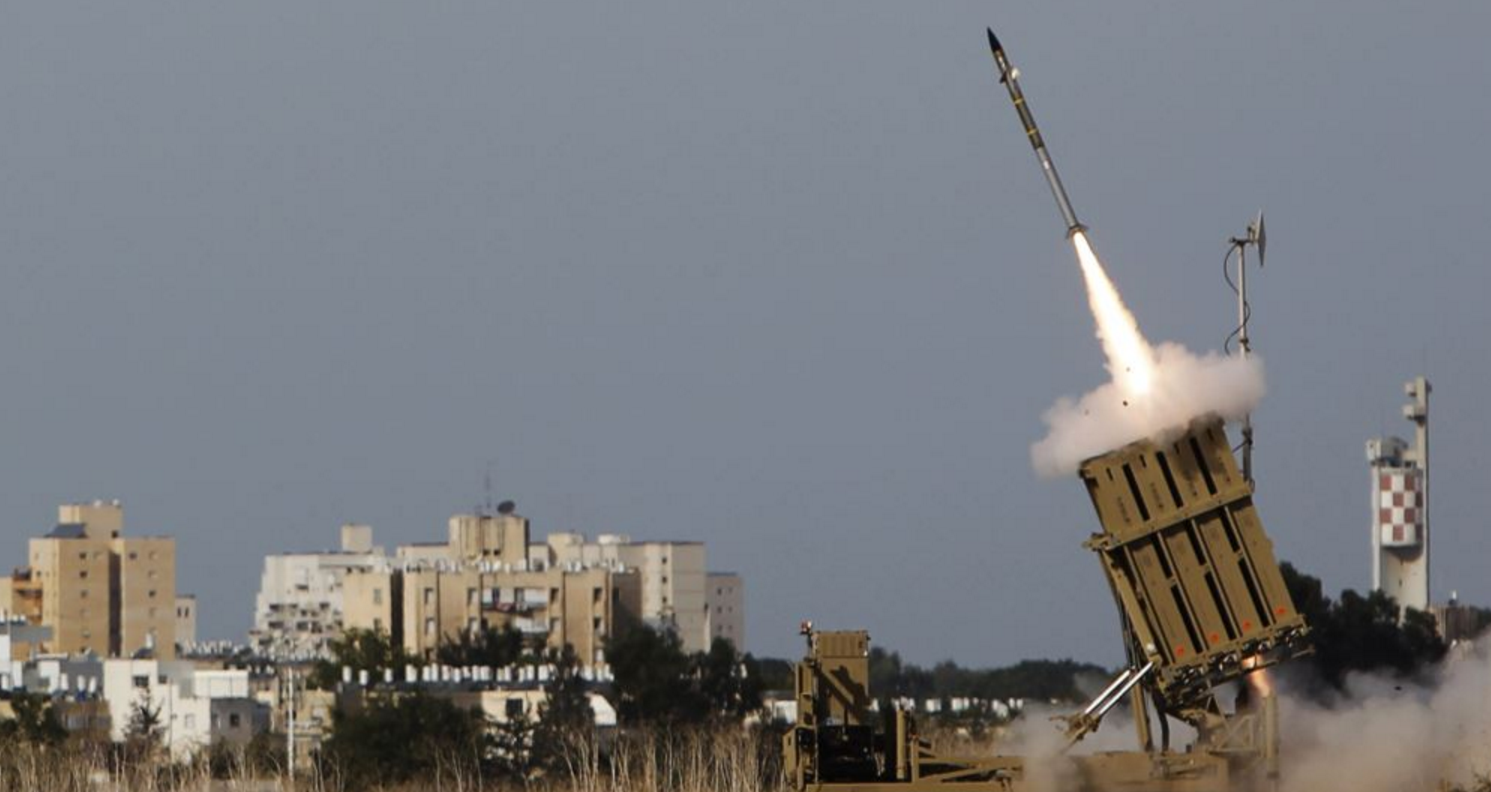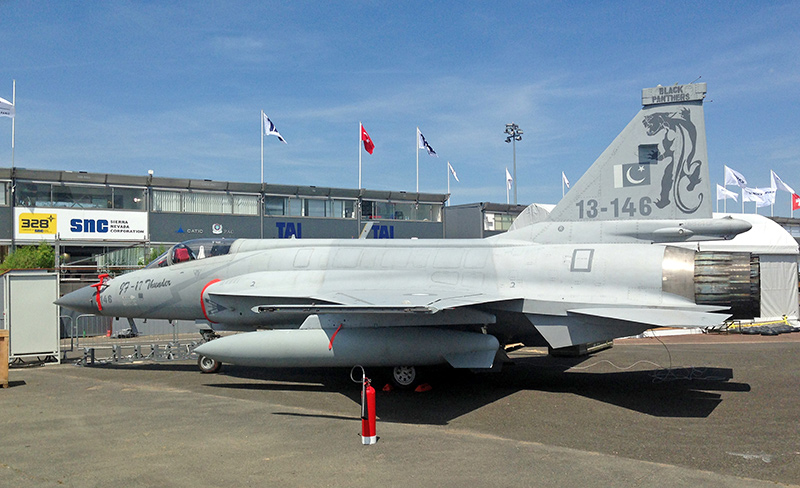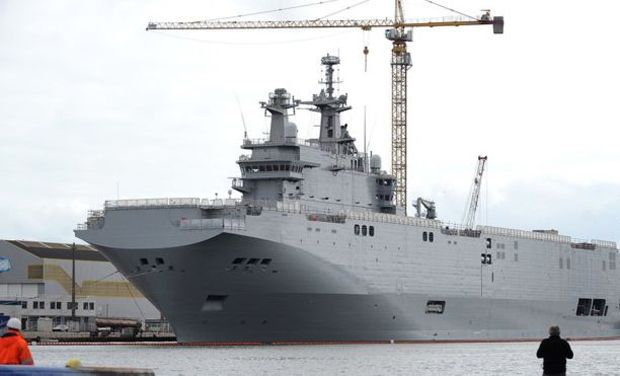3430Views 7Comments

Is the Iron Dome a good air defence concept?
At the end of May 2016, the Israeli Navy reported that it had successfully test-fired the naval version of its Iron Dome rocket defence system from a Sa’ar 5 corvette, a 1275 ton (full load) warship. At the time, the idea that this system could be compact enough to be used from a comparatively lightweight surface naval combatant was impressive.
It is based on this that Rafael, the principal vendor of the Iron Dome and its Tamir surface-to-air missile (SAM) platform, is looking to market the system as essentially a long-range point defence missile system (PDMS) that could be applied for land and naval usage. Think of the Raytheon RIM-116 Rolling Airframe Missile (RAM), a PDMS that is essentially a very short-range missile designed to protect surface warships by intercepting incoming anti-ship missiles (AShM). The RAM’s core munition is a three-meter long infrared (IR) guided missile with a maximum range of 9km. The Iron Dome’s Tamir on the other hand is similar in its dimensions, but it is equipped with a radar-seeker (not clear if it is semi-active homing or active) and boasts up to 17km in range.
While the Iron Dome was developed to provide Israel with an umbrella against incoming rocket and other loose projectile attacks from Hamas or Hezbollah, Rafael is looking to expand the system’s utility into a general purpose PDMS capable of defending against drones and precision-guided munitions. If successful, this would be a major boon for militaries looking to procure defensive assets to protect valuable installations and assets from sophisticated enemy attacks. Think of a forward operating base using the Iron Dome to shield itself against enemy cruise missile or satellite/INS-guided bomb strikes.
The first concrete step towards this reality came with the Tamir missile’s successful tests under the U.S.’ Multi-Mission Launcher (MML) program, which is aiming to provide the U.S. Army with an Iron Dome-like system. Along with the Tamir, the MML also test-fired the Lockheed Martin Miniature Hit-to-Kill (MHTK) interceptor and Raytheon’s AIM-9X. However, unlike the AIM-9X and Tamir, the MHTK does not have an explosive warhead, rather, it aims to destroy its target using its kinetic force alone. Lockheed Martin is aiming to position the MHTK as the lighter, smaller and more affordable missile.
Although the Iron Dome has proven itself as a viable counter rocket, artillery and mortar (C-RAM) solution, its value against precision-guided bombs (PGB), cruise missiles, and drones (especially kamikaze drones) has yet to be determined in actual combat. In theory however, the system would function in the following manner: (1) The AESA radar would detect small-sized objects in the sky, and in turn, the user would (2) have the Tamir (or some other missile) fly to the target the radar is tracking. The process is essentially that of any modern SAM system, but with the added claim of addressing the smallest of threats in the sky.
Unfortunately, the situation may not be as straightforward in terms of cruise missiles. Unlike an artillery round or rudimentary rocket, a cruise missile is not going to necessarily fly in a straight line (i.e. with a predictable trajectory). Instead, a cruise missile may be pre-programmed (or instructed via a live data-link feed) to vary its altitude and speed. Alternatively, a more modern cruise missile design could be enclosed with a guided sub-munitions load, which could be dropped at low-altitude, potentially low enough to avoid any chance of a missile intercept.
Of course, one could argue that the Iron Dome (or an equivalent concept applied onto another solution) could simply be used to provide an umbrella against enemy C-RAM attacks. This is a valid perspective. But it may assume that one is dealing with the same level of intensity and ability that Israel faces from the likes of Hamas or Hezbollah. That may be true in the case of counterinsurgency (COIN) or against a woefully weak state, but a state with multi-layered offensive capabilities (be it in terms of artillery or air-to-ground strike capability) is going to be exponentially more difficult to stop with just the Iron Dome. Imagine the scale one would have to achieve with the Iron Dome in order to cover forward artillery positions on any side of the Line of Control in Kashmir, for example.
That said, if the concept succeeds in terms of controlling cost and demonstrating C-RAM consistency, it could be an interesting area of growth in the defence industry. At least in terms of COIN one could see several countries adopt these systems as a means to protect their forward bases; e.g. Saudi Arabia in Yemen, a U.S. and NATO deployment to Afghanistan, or a Turkish force in the Kurdish areas and along Syria.
The market may be limited (for now), but the barrier to entry in terms of releasing a deployable product does not seem to be significant. A vendor with a scalable short-range SAM solution could enter provided they manage to reduce the cost of each missile. For example, the Tamir reportedly costs as little as $50,000 a unit, whereas one’s typical short-range air defence (SHORAD) missile costs several times that amount. If there is another entrant to the market, it would be China. If anything, the People Liberation Army has the depth to at least adopt a massive number of missiles, thus making production cheap enough to rival the cost of the Tamir or MHTK. Perhaps a QW-19-derived missile could be on the horizon?



7 Comments
by Zill e Hussnain
iron dome is a hoax, it does not work at all, i can prove it to u
by bill
pls explain
by Mohsin E.
“Although the Iron Dome has proven itself as a viable counter rocket, artillery and mortar (C-RAM) solution…”
How? By taking out the occasional projectile fired by Hamas that (by sheer luck) comes anywhere close to landing where it’s actually intended? That won’t help it against an actual artillery barrage. It’s interceptor missiles will be depleted in a few minutes, but the shells will keep on coming.
by Zill e Hussnain
watch these videos, https://www.youtube.com/watch?v=aLvmZdcdnQI
by Syed
Yes I heard an Israeli general say so it’s not going to face the firecrackers thrown by Hamas in real conflict
by Bilal Khan - Quwa
I should have been clearer. The Iron Dome might be OK for a comparatively weak adversary capable of sporadic mortar or rocket attacks, but no one should expect to use this system against a real military. There’s no scenario where the Iron Dome could protect you against a sustained artillery (much less LACM) assault.
by Syed
Lol,kite flying in Ga?Za